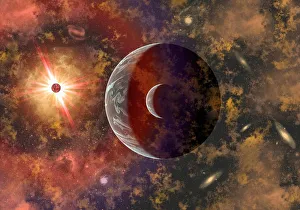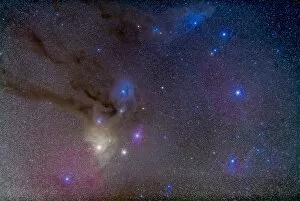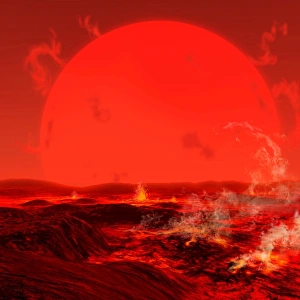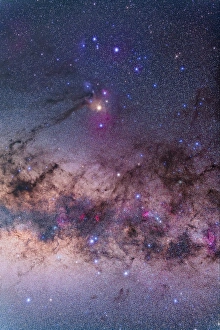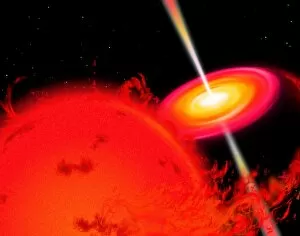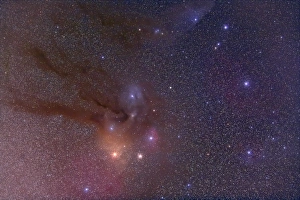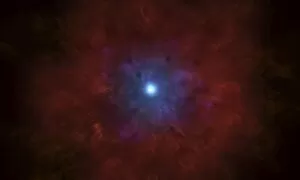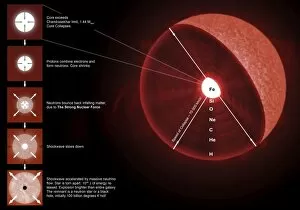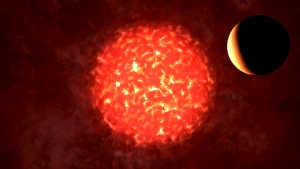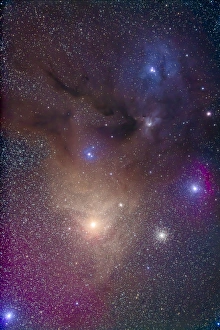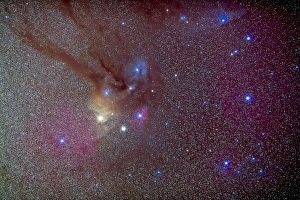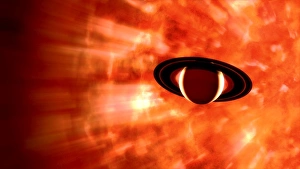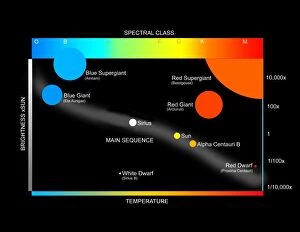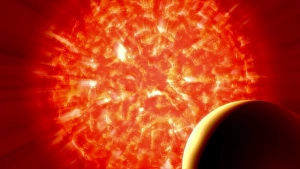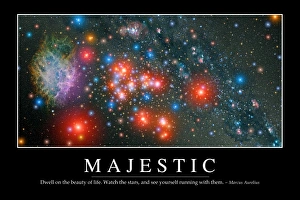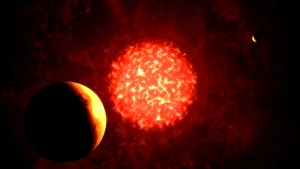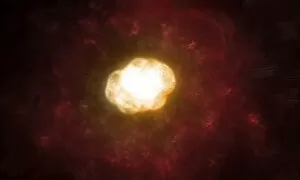Red Supergiants Collection
"Exploring the Mysteries of Red Supergiants: A Journey through Celestial Wonders" An alien planet and its moon gracefully orbit around a mesmerizing red giant star
All Professionally Made to Order for Quick Shipping
"Exploring the Mysteries of Red Supergiants: A Journey through Celestial Wonders" An alien planet and its moon gracefully orbit around a mesmerizing red giant star, painting the cosmos with vibrant hues. The area around the head of Scorpius reveals a celestial tapestry, adorned with the ethereal beauty of red supergiants. Witnessing Messier 4 and NGC 6144 globular clusters alongside Antares, an awe-inspiring red supergiant star in Scorpius, is like gazing into the heart of cosmic grandeur. Scorpius unveils its majestic presence as it intertwines with parts of Lupus and Ara regions within the southern Milky Way, showcasing breathtaking vistas illuminated by radiant red giants. In a rugged planet landscape dimly lit by a distant red star, nature's resilience thrives under crimson skies that whisper tales from beyond our world. Behold an extraordinary sight—a remarkable dance between a colossal red giant star and an enigmatic black hole—where cosmic forces entwine in eternal embrace. Antares and Scorpius Head area come alive amidst Rho Ophiuchi nebulosity, creating an otherworldly spectacle that ignites our imagination to explore uncharted realms. Comparing our humble sun to Sirius pales in comparison when we encounter the sheer magnitude and brilliance of mighty red giants across galaxies far away. Glimpsing at Earth's future from molten depths three billion years henceforth reveals our sun casting its final glow upon a transformed world—a testament to time's relentless march forward. Through vivid illustrations capturing massive stars going supernova, we witness their explosive demise—an awe-inspiring reminder that even celestial giants meet their ultimate fate one day.

